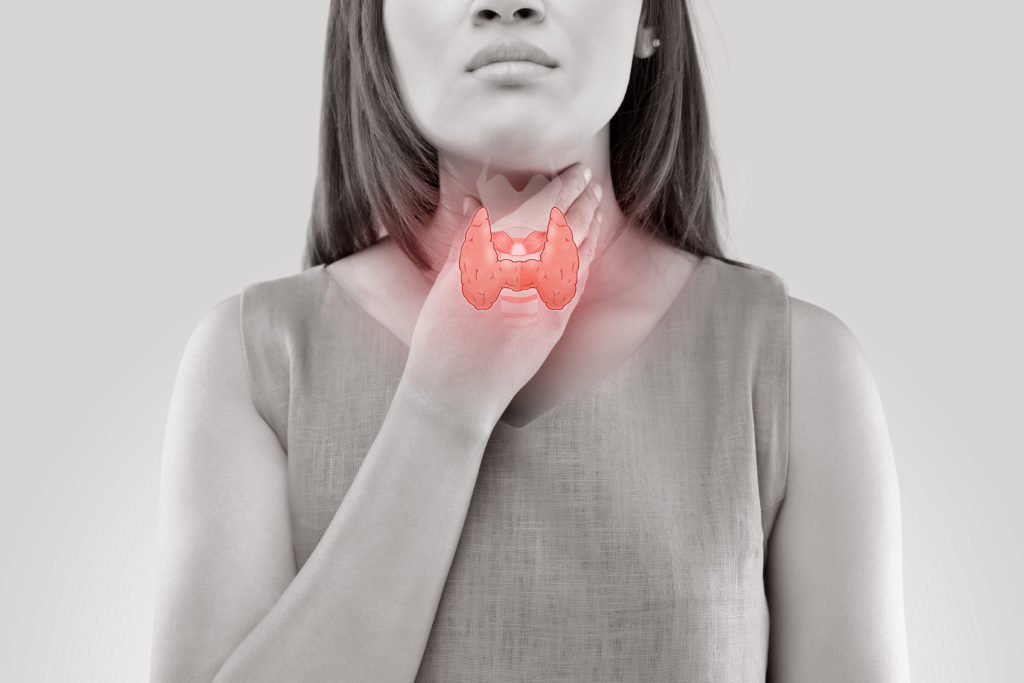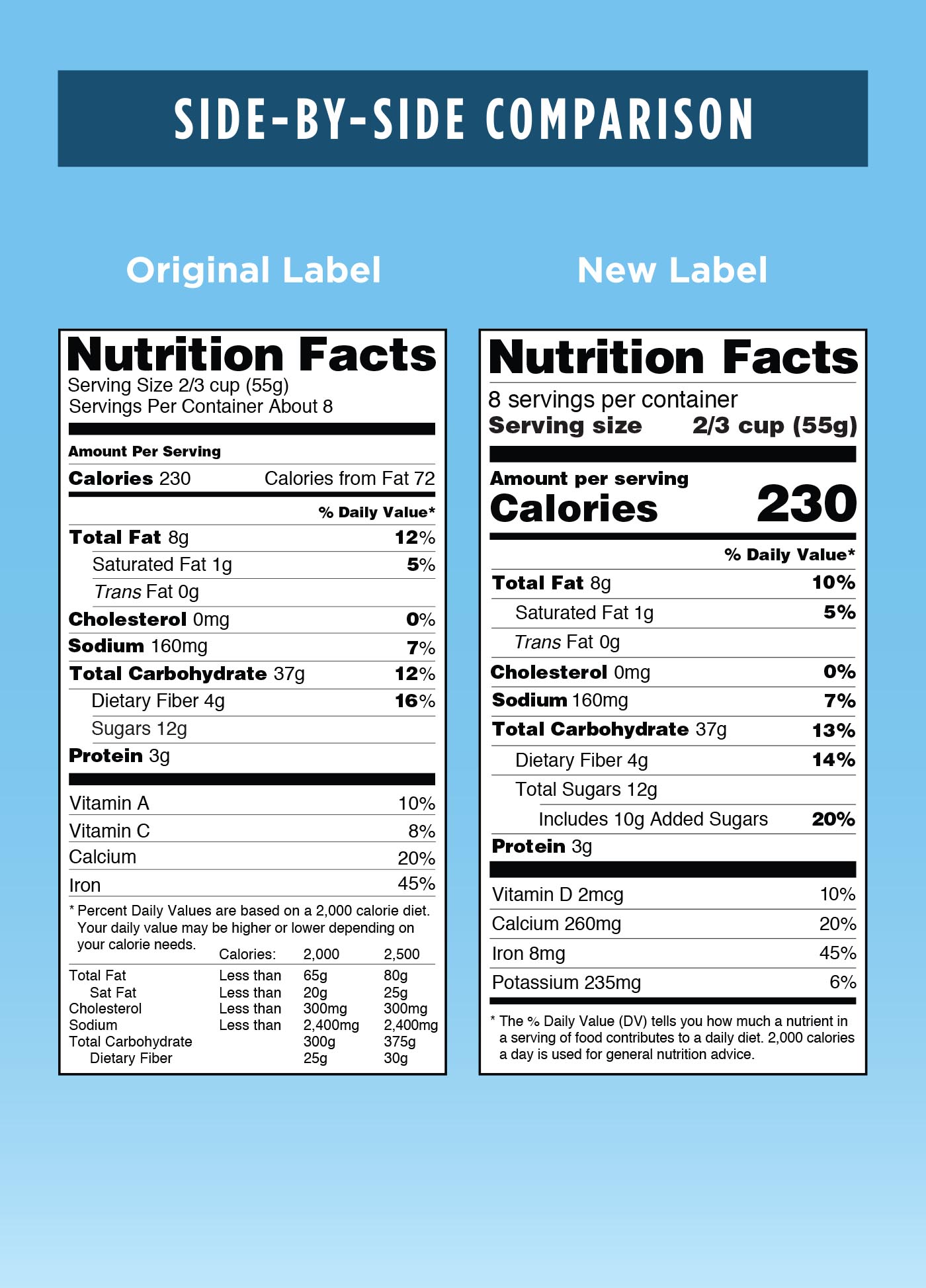
We celebrate February as heart month from paper hearts on Valentine’s Day to discussions on heart disease. In the midst of all those heart-to-hearts, we find congenital heart defects. Before we talk details, let’s break down the term. Congenital means at birth. Heart defects (or you may also hear ‘heart disease’) is an abnormality of how the heart forms. Congenital heart defects (CHD) occur when the heart or blood vessels near the heart do not form as they should before birth.
CHD is the most common birth defect with 1 in every 1,000 live births experiencing a heart defect.
How serious are congenital heart defects?
If your infant’s been diagnosed with a CHD, what you really want to know is how serious is it. CHD covers a span of eighteen different defects, with each defect having varying degrees of severity. A CHD could be as mild as a small ventricular septum defect that closes on its own and never affects your child’s growth or development to a more serious heart defect such as the rare single ventricle defect which can be fatal. Internet research offers plenty of detailed information, but your best information comes from conversations with your child’s cardiologist.
Good news for all parents and children with CHD is that most heart defects can be treated and/or repaired. Prognosis for children with CHD is better than it has ever been.
How is a CHD diagnosed?
Most heart defects are diagnosed with a few days of birth, although some defects may not be found until childhood or even adulthood. Keeping your child’s wellness checkups is one-way providers find and diagnose heart defects in older children.
How do I prevent CHD?
We don’t know the cause of every heart defect which means a mother cannot prevent every CHD. The Mayo Clinic suggests mothers ensure they are vaccinated against rubella before becoming pregnant, manage chronic medical conditions such as diabetes, discuss the effect of medications for chronic medical conditions on pregnancy with your physician, avoid harmful substances and take a multivitamin with folic acid.
What’s considered a CHD?
The list of CHD’s encompass 18 different defects. Click here for the most comprehensive list of heart defects along with information about each one from heart.org. It’s the most detailed list we’ve found.










